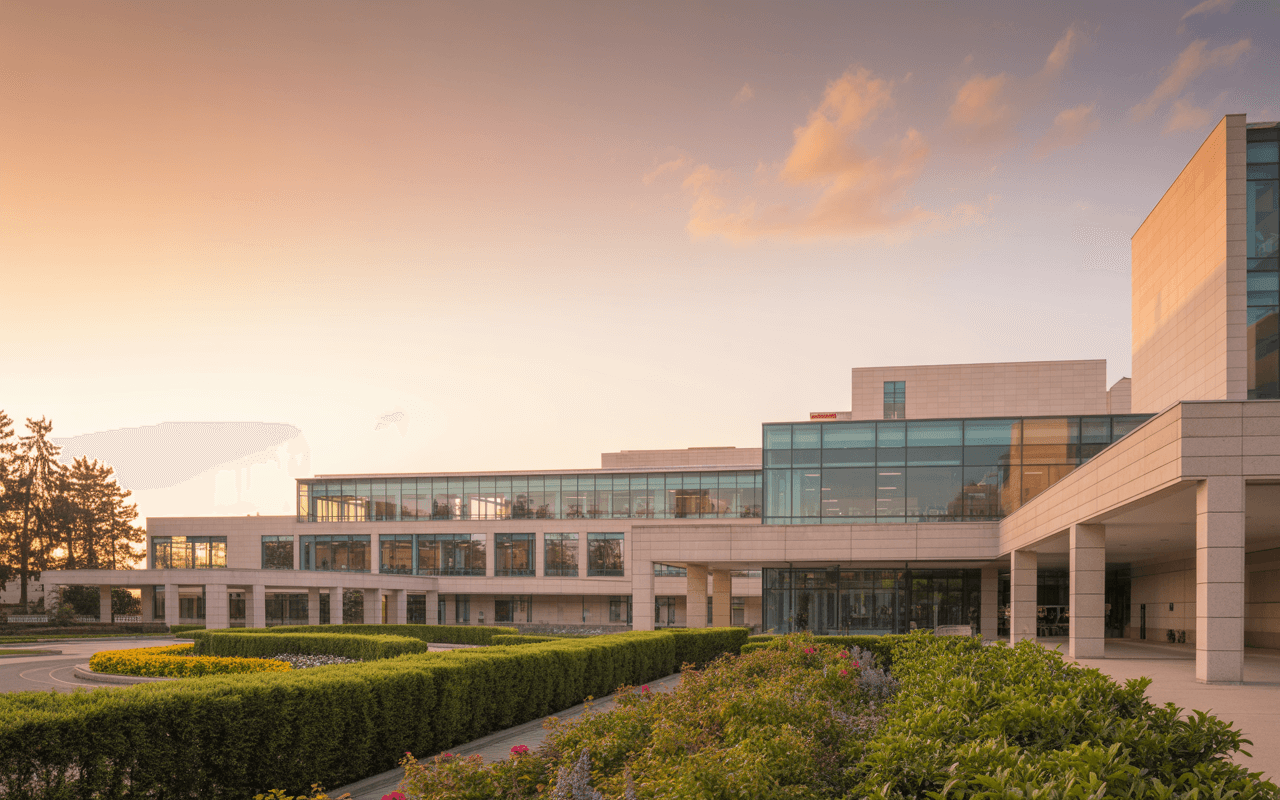Autoimmune diseases challenge both patients and medical professionals. They occur when the immune system mistakenly attacks healthy cells, leading to chronic pain, inflammation, and damage to organs or tissues. Traditional treatments such as steroids, immune-suppressing medications, or biologic therapies often focus on controlling symptoms rather than addressing underlying causes. This has led many to ask a powerful question: could regenerative therapies, like stem cell treatment, offer a new path to recovery?
While not a miracle cure, stem cell therapy has started to transform the conversation around healing, repair, and long-term hope for those living with autoimmune conditions.
Why Autoimmune Conditions Are So Complex
Unlike illnesses caused by external factors, autoimmune diseases come from within. Conditions such as rheumatoid arthritis, lupus, multiple sclerosis, and autoimmune diabetes result from a misfiring immune system. Over time, this internal conflict leads to accumulated damage, emotional exhaustion, and a frustrating cycle of flare-ups and remission.
The biggest challenge is that conventional treatment often only calms the body’s attacks without healing the damage they cause. This is why stem cell therapy has captured attention: it approaches healing from a different angle.
How Stem Cell Therapy Is Changing the Conversation
Stem cells have two vital abilities. They can help repair tissues and rebalance the immune system. Rather than silencing the immune response entirely, certain types of stem cells work to restore harmony, teaching the body to respond correctly without attacking itself.
Stem cell therapies are being explored for their potential to:
- Reduce harmful inflammation
- Repair damaged tissues
- Restore immune balance
- Encourage long-term remission rather than short-term relief
Some forms aim to “reset” the immune system. Others focus on protection, regeneration, and support for damaged organs. The goal isn’t just to suppress symptoms but to improve overall quality of life.
Why People Are Looking to International Providers
Innovative approaches can sometimes be found in regions where advanced regenerative therapies are more accessible. Clinics offering options such as autoimmune stem cell treatments in Panama have gained attention because they focus on personalized treatment plans, immune modulation, and patient-centered recovery models.
These clinics tend to highlight:
- Tailored treatment plans based on each person’s diagnosis and stage of disease
- A focus on repairing damaged tissue, not just managing symptoms
- Holistic support including recovery planning, lifestyle guidance, and follow-ups
However, it’s important to approach any treatment opportunity carefully, asking the right questions and understanding both potential benefits and limitations.
Potential Benefits Reported by Patients
While results vary from person to person and no treatment is guaranteed, many people exploring stem cell therapies are hoping for:
- Fewer disease flare-ups
- Less reliance on strong medications
- Improved mobility and energy levels
- Better organ function
- Renewed sense of hope and wellbeing
In some cases, people have reported stabilization of disease progression or even periods of extended remission. These experiences have encouraged further research and exploration.
Looking at the Limitations and Risks Honestly
As with any advanced therapy, there are important considerations:
- Not all autoimmune diseases respond equally well
- Outcomes may vary widely and aren’t guaranteed
- Stem cell therapy may require recovery time, follow-up care, and lifestyle adjustments
- Costs and travel may be factors to consider
- Long-term data is still developing for many conditions
Stem cell therapy shouldn’t be viewed as a quick fix but as part of a broader care journey. Making informed and well-supported decisions is essential.
Making Stem Cell Therapy Part of a Holistic Recovery Approach
For those considering this path, it’s helpful to think of stem cell therapy as one element within a complete healing strategy. That strategy might include:
- Regular specialist consultation
- Nutrition and lifestyle support
- Physical therapy and rehabilitation
- Emotional and mental wellbeing support
- Long-term health monitoring
Recovery is a journey that involves body, mind, and lifestyle. Stem cell therapy might be one piece of the puzzle that allows better alignment for healing.
A Glimpse Into the Future
As awareness grows, stem cell therapies may increasingly shift from experimental options to integrated treatment choices. More personalization, deeper research, and improved accessibility are likely on the horizon. Patients want more than symptom control; they want recovery, repair, and resilience.
Stem cell treatment may not be the answer for everyone, but it’s opening a new door, one that looks beyond managing illness and toward restoring balance.













